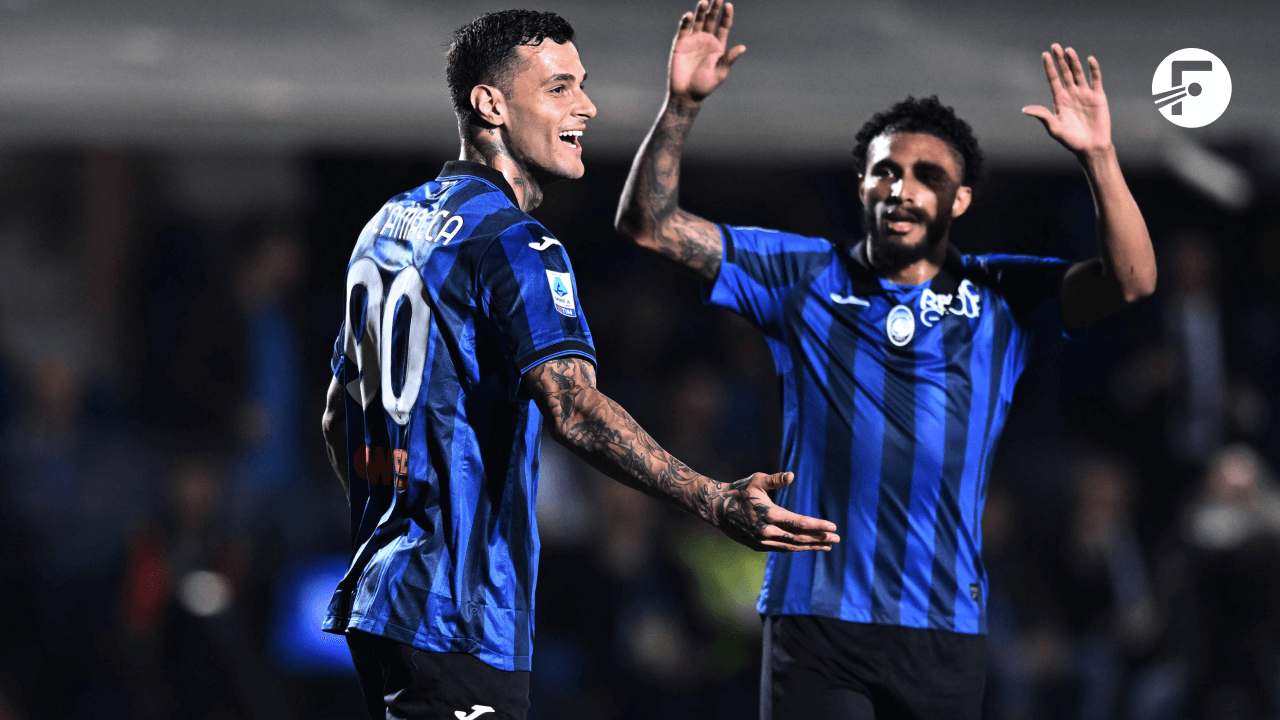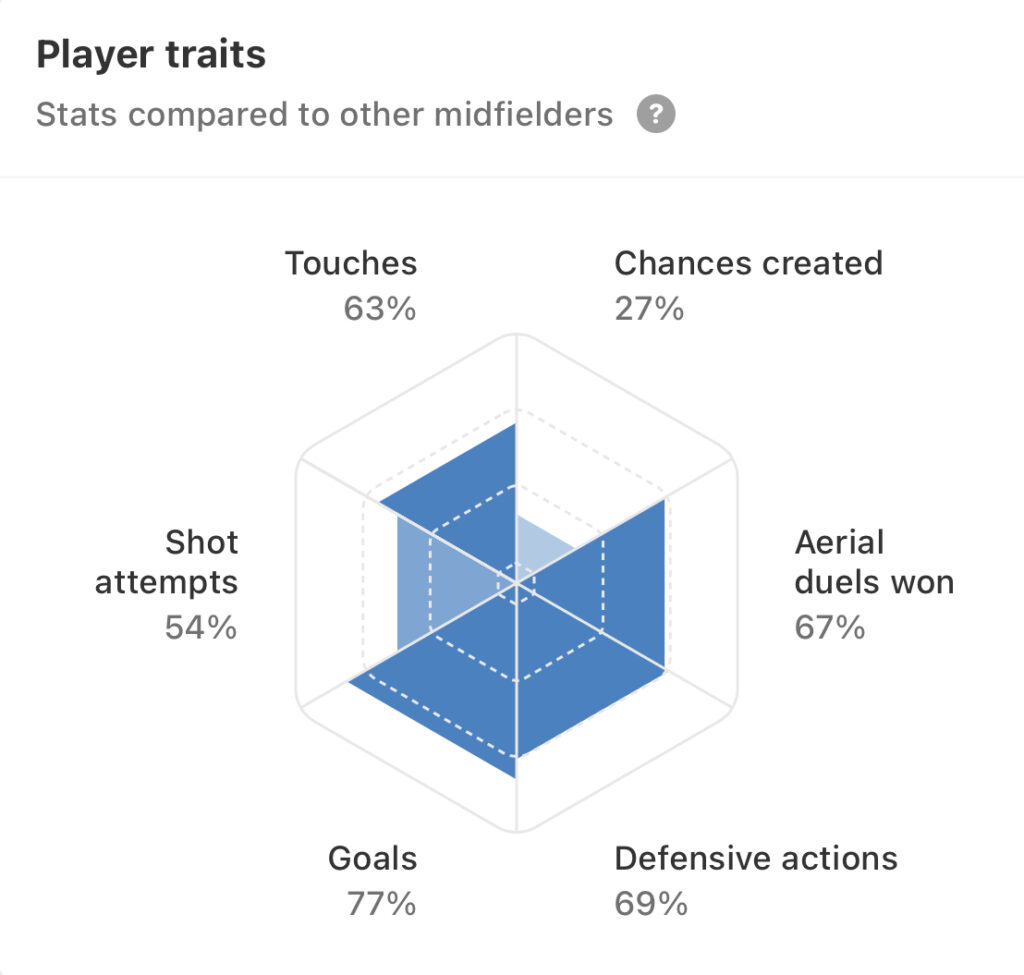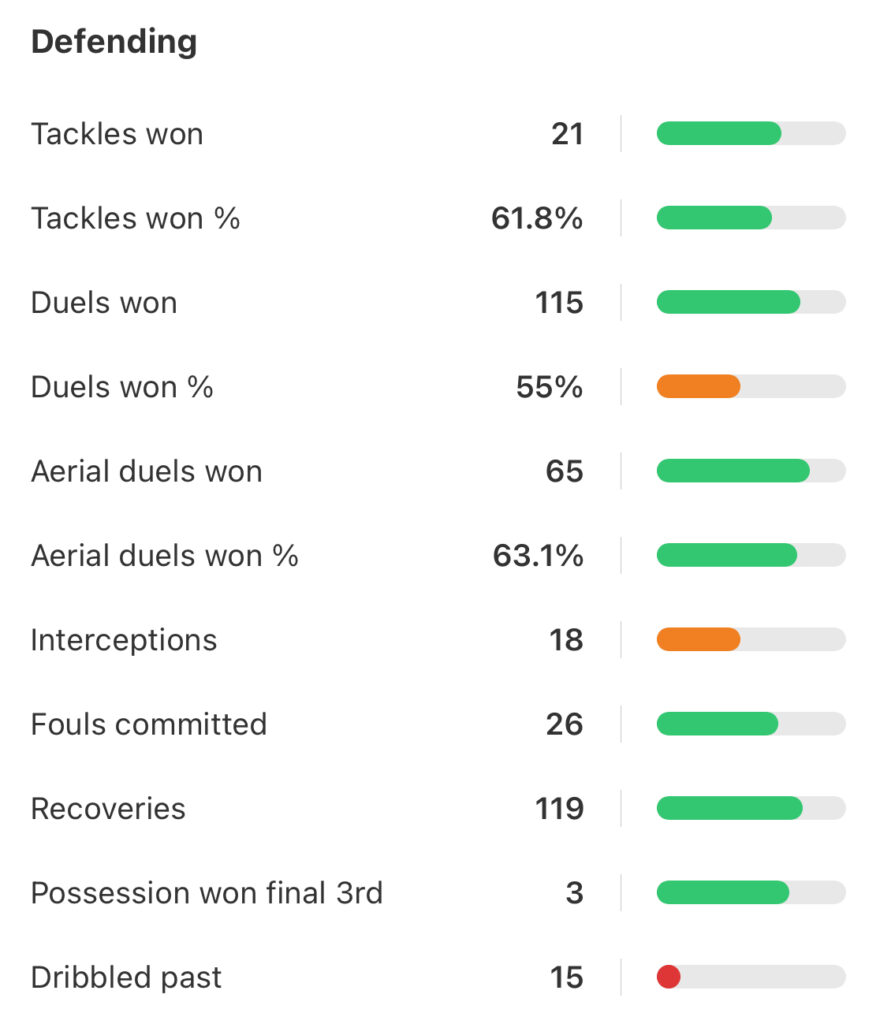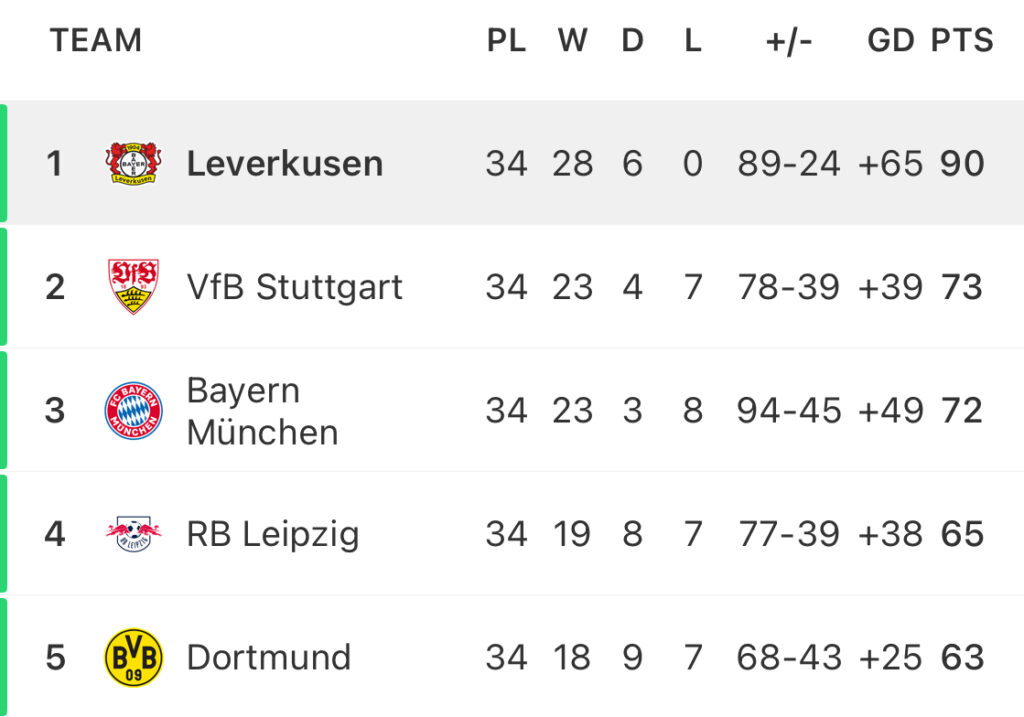Manchester United take on Manchester City on Saturday in the FA Cup final in a game that could help them end the season on a high. But will that be enough to put some gloss on what has otherwise been the worst season in recent memory?
The way United’s Premier League season ended was rather fitting. Despite a rather desolate performance during the game against Brighton, Erik ten Hag’s side scored twice and picked up all three points. While there was no late drama that has been a defining feature of the season, United managed to get a win despite obvious issues.
And those are issues that have existed through the entire season and they have persisted in pretty much every game, prompting a change that hasn’t quite come about.
There is a certain sense of randomness to United’s matches, as they often turn into basketball games. That randomness has led to them winning some games or picking up points they probably shouldn’t and that might well help them win in the FA Cup final. But that will not change how the entire season has paned out and a trophy would only be a thin papering over the cracks.

The Red Devils, after all, ended the season at tenth when it comes xG generated and finished below the likes of Brentford and Brighton. They scored 57 times from an xG of 56.9, which is a rather fair account of their struggles and performances too. But it doesn’t end there.

Ten Hag’s side finished a shocking fifth bottom for xG conceded, which was worse than Wolves and Fulham, and close to relegated Burnley.
Having said that, those numbers are simply an after affect of other issues that have existed in the side and at the club this season. As United prepare to take on City in the final, we look at what has held them back this season.
Injuries
As per BBC figures, Man Utd picked up the most number of injuries in the Premier League this season (45) and those injuries affected multiple key players too. Be it Luke Shaw, Lisandro Martínez, Harry Maguire, Raphael Varane, Rasmus Højlund, Marcus Rashford, or the much-troubled Mason Mount, the campaign was a walking injury crisis in itself.
As a result, United could never really field a consistent XI in consecutive games and even if they did, players that were key for Ten Hag’s approach last season were sorely missing. This also made sure that the Dutchman could not take forward the foundations that were laid last season into something better, even though a signing such as that of André Onana was expected to make United better in possession.
Poor defensive structure
Ten Hag’s side had the second-best defensive record in the Premier League last season as they conceded as many goals as second-placed Arsenal and there was a point when they were actually in a potential title race.
They played in a deeper block and while they did press, it was controlled and limited. This season, things have changed, but only for the worse.
A constant problem has been a dysfunctional press with a higher line. There is generally a huge gap between the pressing four or five and the backline, which recedes and offers the opposition a lot of space on the transition. As a result, it isn’t a surprise that United concede a lot of goals from cut-backs and find themselves outnumbered during transitional moments.
Because of that, United concede a huge number of shots in every game. Brighton had 17 shots on goal and Newcastle, who lost 3-2 at Old Trafford, managed to have 21 shots.
It is a structural flaw which has repeated itself and to many, defending in transitions was also a problem for Ten Hag during his time at Ajax. With the time at United seemingly of the essence, the issue has risen to the fore once again.
Ten Hag’s failure to adapt
Ten Hag showed last season that he is great at adapting to problems in the side and he was constantly creative with positional and tactical changes. This season, that hasn’t quite been the case, as despite obvious problems in the setup have existed for the entire season.
Instead of making changes that addressed the issues, Ten Hag has doubled down on a flawed approach and that has complicated things for everyone on the pitch. Even though players do not suit the setup, he has persisted with it.

As a result of the flawed setup, United have had only the 8th most touches in the opposition’s box this season.
There have been times when Ten Hag has made some changes to the side to accommodate the strengths of individual players, but it has negatively impacted the side. Scott McTominay’s usage is an example.
The Scotsman has seven goals in the league but that doesn’t mean that he has had a great season.

Due to McTominay’s general guarantee of goals and good form, there were times when he was used higher up in the final third. While that might actually turn out to be his best position because he does have a very good ball-striking ability, it has pushed Bruno Fernandes back in midfield.
It essentially came at the cost of reducing the strengths of arguably United’s best player and one of the best on-the-ball creators in the game. Goals were, for United, much needed at that point but the plan was actually used over a large number of games and it negatively impacted Rasmus Højlund’s goal scoring tally.
Drop-off for individual players
A strong case can be made of the fact that even though Ten Hag had laid down some foundations of a playing style last season, some impressive individual performances helped United quite a bit. Marcus Rashford had hit supreme form and Casemiro was extremely vital in winning the ball in midfield.
Both players have witnessed a drop-off this season and while the setup has had a role to play in that drop-off, it has impacted the team’s general output.
For Casemiro, it seems like a case of him turning into a much more cautious player than he was last season due to the number of bookings he picked up. Even towards the end of last season, his performances had dipped and it seems as if he has never recovered, with the poor transitional defending setup making sure that he has had to cover an impossible amount of space.

The above infographic is a representation of Casemiro’s defensive numbers from this season and a comparison with the infographic from last season below shows the extent of the defensive fall-off.

As for Rashford, it can be argued that while he himself has been at fault, United’s attacking plan is riddled with uncertainty, making sure that the Englishman has to rely on extreme precision to make things happen.
He has had to dribble more this season (1.9 dribbles per 90) than he had to last season (1.5 dribbles per 90 minutes) because the system has relied on individual ability more often than not. But the end product has been missing and even though a part of it is Rashford’s problem, there has been no certainty in movement in the United attack.
If one compares how inside forwards operate at other clubs and how they have the certainty of movement from specific players, it paints an even darker picture for the lack of an attacking plan at United under Ten Hag.
(Cover image from IMAGO)
You can follow every Manchester United game on FotMob – with deep stats, xG, and players ratings. Download the free app here.









